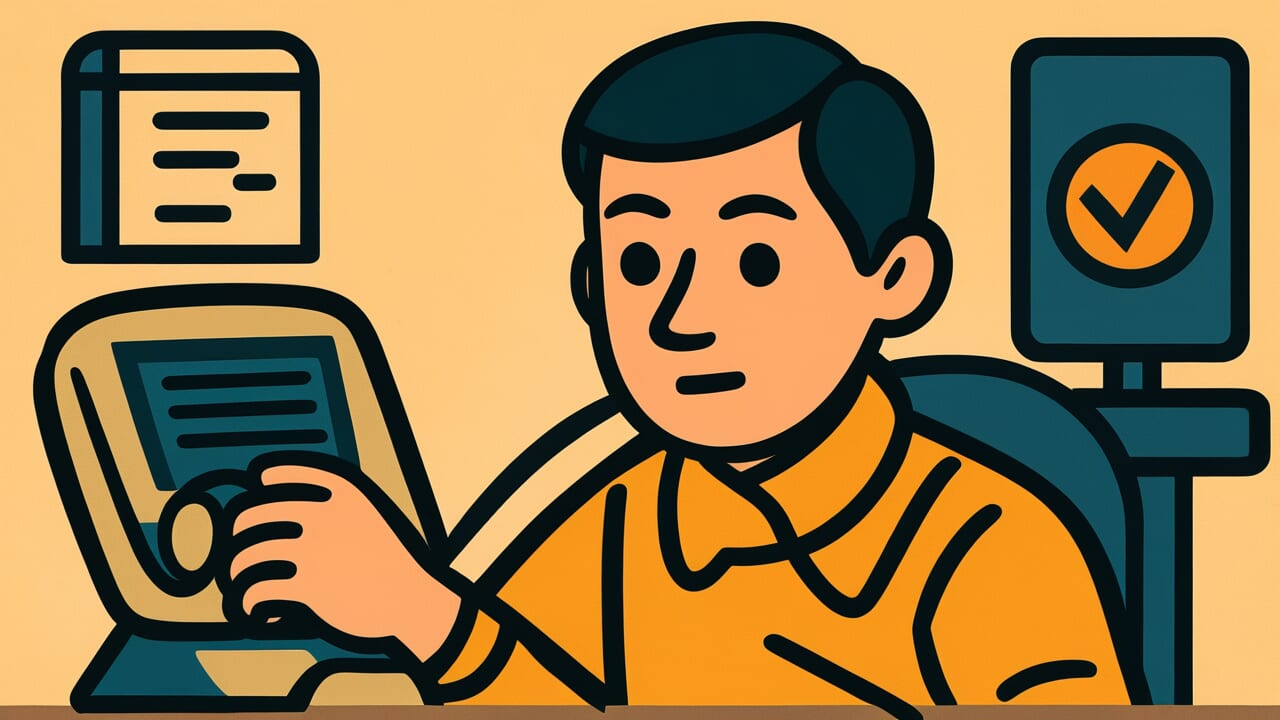How to Read “All things are difficult before they are easy”
All things are difficult before they are easy
[AWL things are dih-FIH-kult bee-FOR they are EE-zee]
Meaning of “All things are difficult before they are easy”
Simply put, this proverb means that everything feels hard when you first try it, but becomes easier as you practice and gain experience.
Think about the literal words first. “All things” means everything we try to learn or do. “Difficult before they are easy” shows a clear progression from struggle to success. The deeper message is that difficulty is temporary and natural when learning something new.
We use this wisdom in many situations today. When someone starts a new job, they might feel overwhelmed by all the tasks and procedures. After a few months, those same tasks become routine. Students often struggle with math concepts that later seem simple. Even basic skills like riding a bike or cooking require patience at first.
What’s interesting about this wisdom is how it reminds us that struggle is normal. Many people give up too quickly because they expect things to be easy right away. This proverb helps us understand that the difficult phase is just the beginning, not a sign that we should quit.
Origin and Etymology
The exact origin of this proverb is unknown, though similar ideas appear in various forms throughout history. The concept has been expressed by many cultures over centuries. Early versions focused on the natural progression from ignorance to knowledge through practice.
This type of saying became important during times when most skills were learned through apprenticeships. Young people would spend years learning trades from masters. The wisdom helped both teachers and students understand that initial struggles were part of the learning process, not failures.
The saying spread through oral tradition and written collections of wisdom. Over time, it adapted to different contexts while keeping its core message. As societies changed from agricultural to industrial to modern, the proverb remained relevant because learning itself never changes in its basic pattern.
Interesting Facts
The word “difficult” comes from Latin meaning “not easy to do.” It combines “dis” (not) with “facilis” (easy). This shows how languages often define challenging concepts by what they are not.
The structure of this proverb uses a simple before-and-after pattern. This type of construction helps people remember the saying because it creates a clear timeline in their minds.
Usage Examples
- Mother to child: “I know learning to ride your bike feels impossible right now, but don’t give up – all things are difficult before they are easy.”
- Manager to new employee: “Don’t worry about making mistakes with the software during your first week – all things are difficult before they are easy.”
Universal Wisdom
This proverb reveals a fundamental truth about how human brains learn and adapt. Our minds are designed to find patterns and create shortcuts, but this process takes time and repetition. What feels impossible today becomes automatic tomorrow because our neural pathways strengthen with practice.
The wisdom addresses a core human tendency to expect immediate results. We naturally want to avoid discomfort and achieve success quickly. However, mastery requires us to push through the uncomfortable phase where we make mistakes and feel clumsy. This proverb reminds us that difficulty is not a bug in the system but a feature of how learning works.
The saying also speaks to the human need for hope during challenging times. When we struggle with something new, doubt creeps in. We wonder if we lack talent or if the task is beyond our abilities. This ancient wisdom reassures us that difficulty is temporary and universal. Every expert was once a beginner who felt exactly the same way we do now.
When AI Hears This
When people face something new, they make a strange mistake. They look at their current skill level and assume it’s permanent. A beginner pianist thinks piano will always feel impossible. They can’t imagine their future self playing easily. This creates a mental trap that stops people from starting.
This happens because human brains struggle with time travel. People can remember being bad at things they’re now good at. But they can’t truly feel what being skilled will be like. The brain treats current difficulty as a fact about the task itself. It’s like judging a movie by only watching the first confusing minute.
What’s beautiful is that this flaw actually protects people sometimes. If humans could perfectly imagine future ease, they might start too many things. The difficulty barrier forces them to really want something before beginning. Only the most motivated people push through that first hard phase. This accidental filter helps humans focus their limited time and energy wisely.
Lessons for Today
Living with this wisdom means accepting struggle as a natural part of growth rather than a sign of failure. When facing something new and challenging, we can remind ourselves that the difficulty is temporary. This perspective helps us stay patient with ourselves and others during the learning process.
In relationships, this understanding helps us support people who are trying new things. Instead of expecting immediate results, we can offer encouragement during the difficult phase. We can also be more honest about our own struggles, knowing that sharing the challenge makes it less isolating for everyone involved.
For groups and communities, this wisdom suggests that investing in learning and development pays off over time. Organizations that rush people through training often create more problems later. Those that allow time for the natural progression from difficult to easy build stronger foundations. The key is recognizing that the initial investment in patience and practice creates lasting benefits that compound over time.



Comments